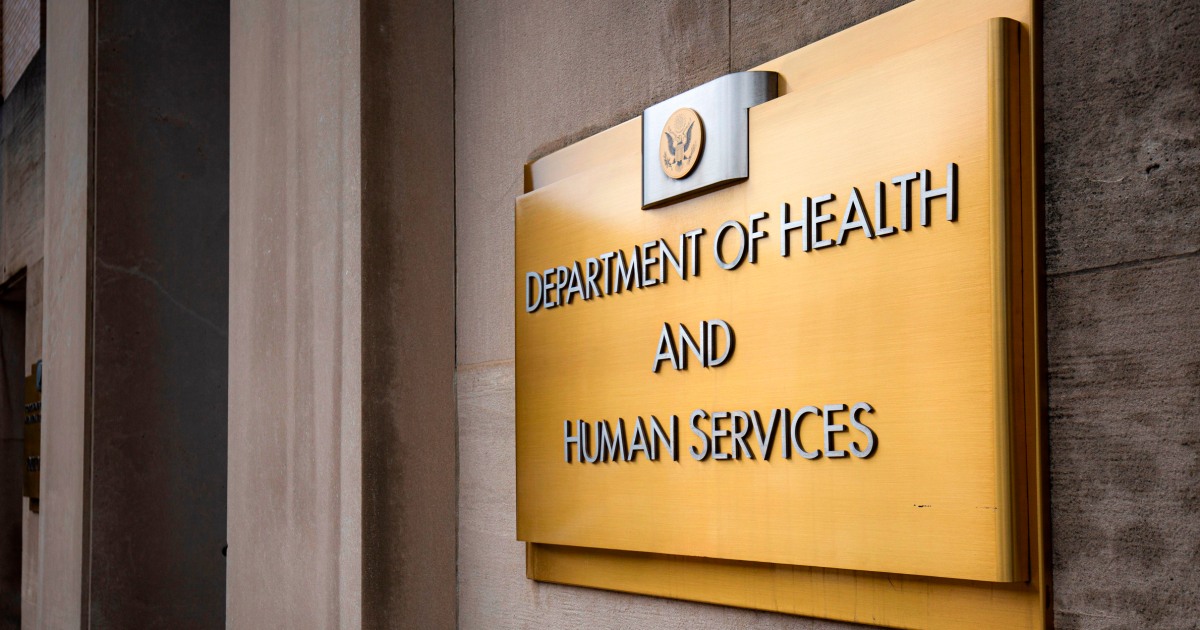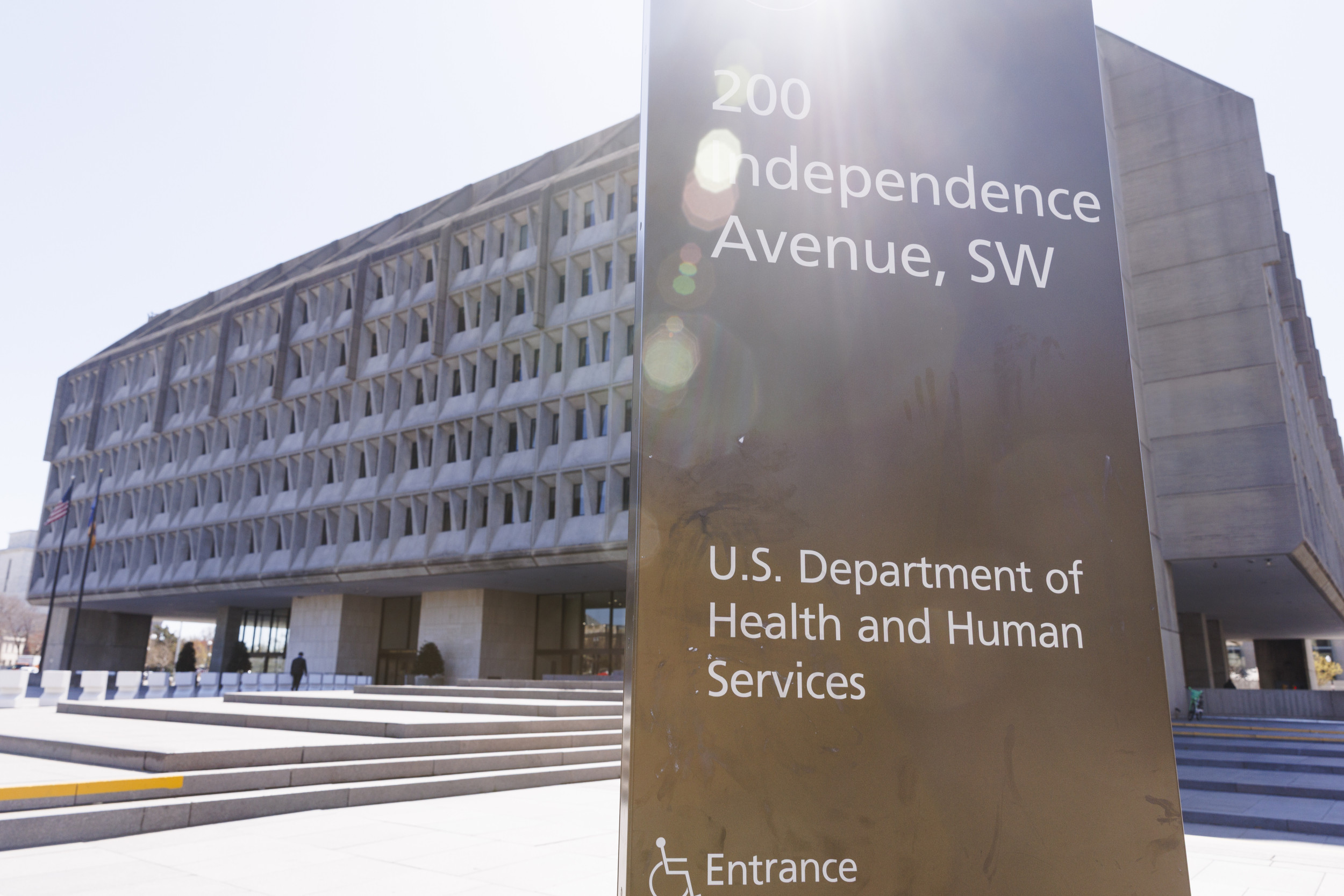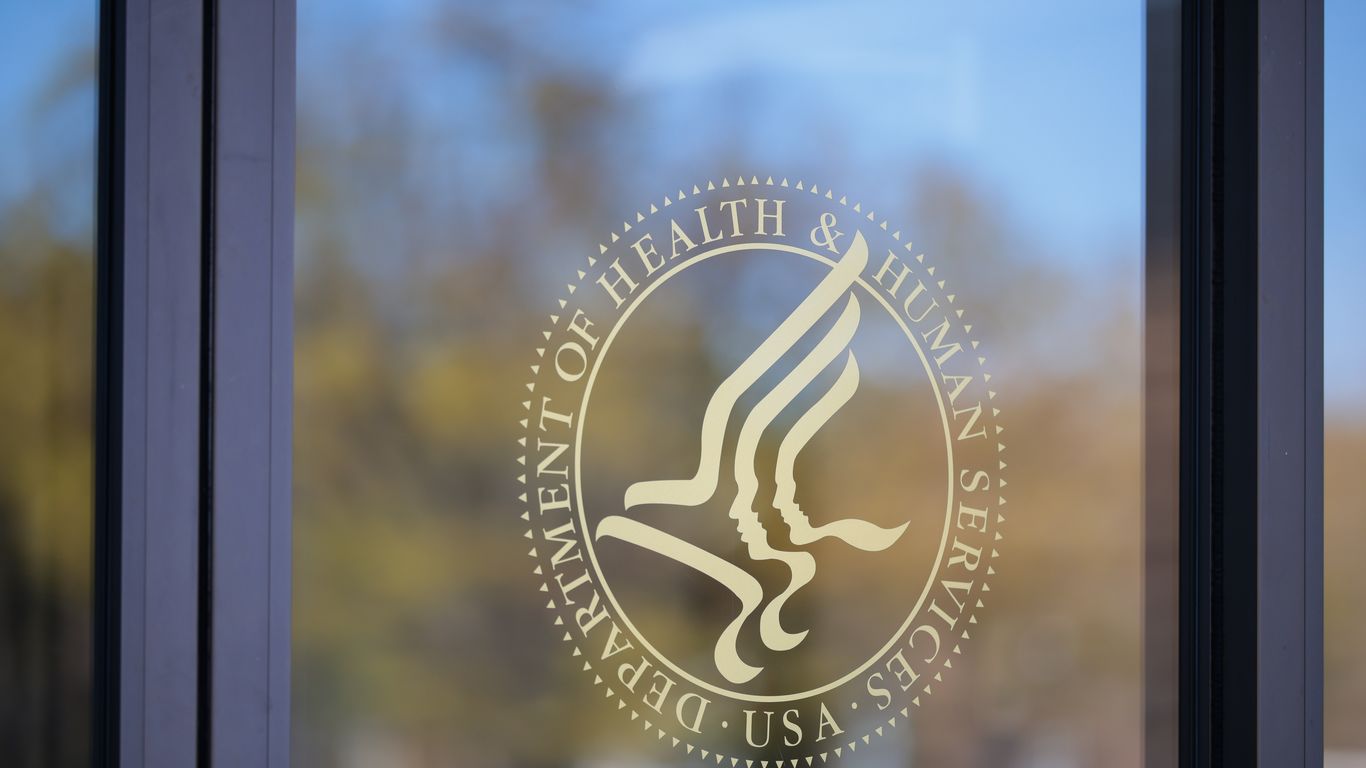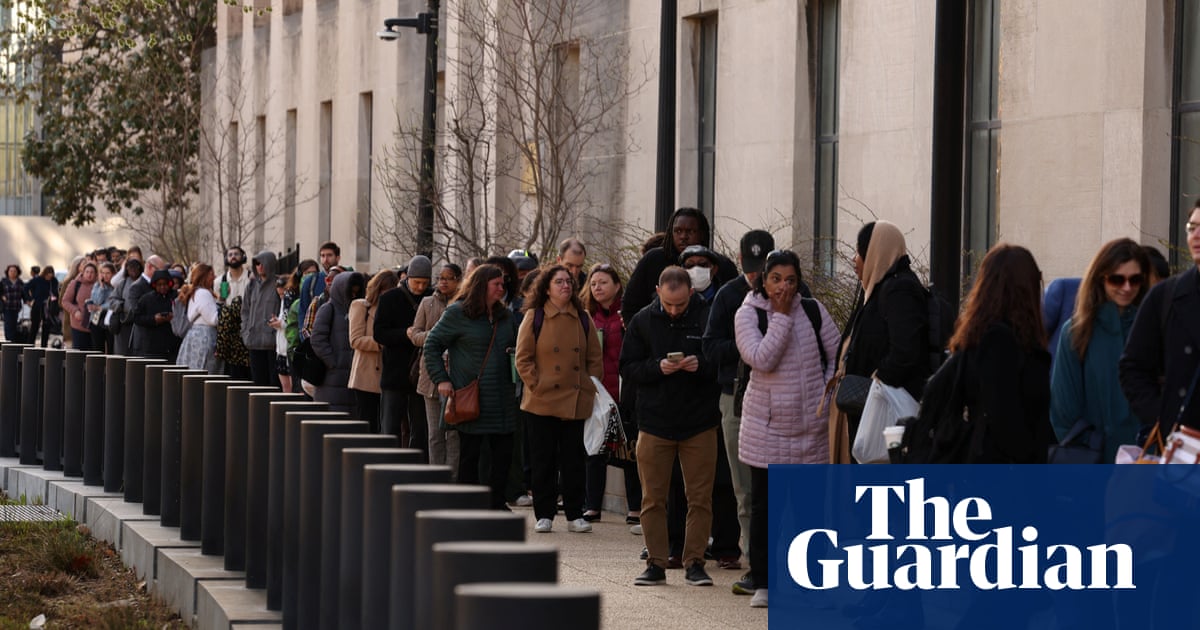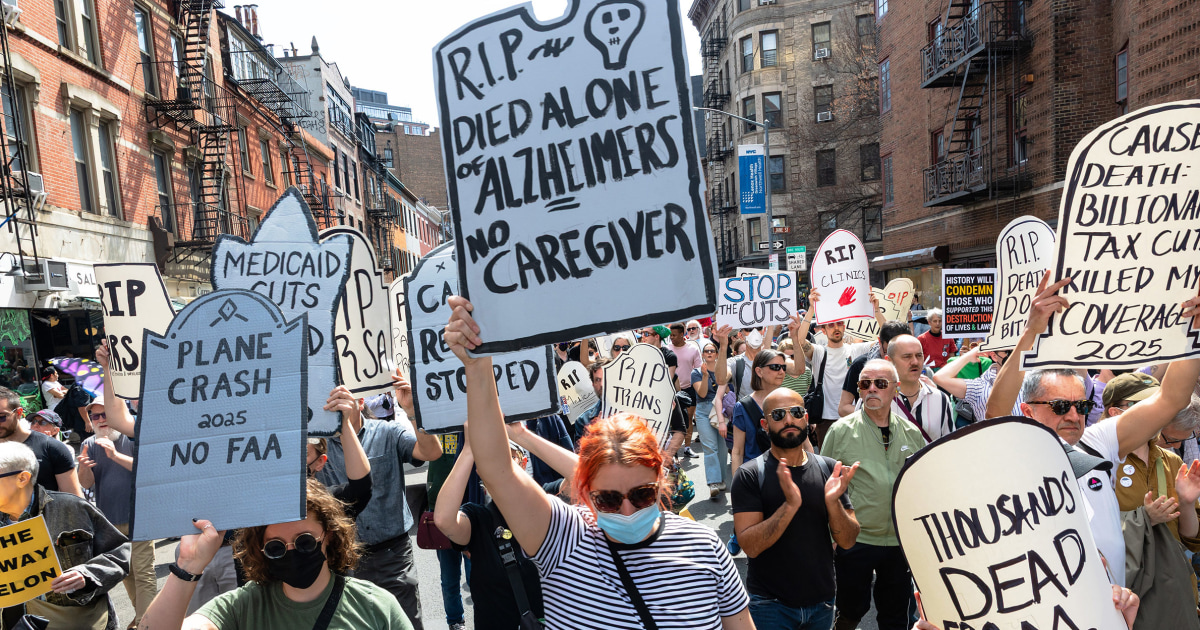HHS Layoffs Affect Critical Programs as Trump Administration Dismantles Key Offices
The HHS layoff cuts threaten essential programs, including LIHEAP, with broad implications for public health services and economic assistance.
Subscribe to unlock this story
We really don't like cutting you off, but you've reached your monthly limit. At just $5/month, subscriptions are how we keep this project going. Start your free 7-day trial today!
Get StartedHave an account? Sign in
Overview
In a recent HHS reorganization, approximately 10,000 employees were laid off, with major cuts affecting the CDC and FDA. The complete elimination of LIHEAP staff raises fears about the program's ability to assist low-income households with utility bills, as oversight mechanisms are dismantled. Andrew Germain, former director of fiscal operations at HHS, warned the program could collapse without federal management. Layoffs also impacted the Administration for Community Living, which administers vital services for seniors and disabled individuals. Bipartisan critics, including lawmakers and former officials, express concerns over care gaps and rising utility costs, urging transparency from HHS.
Report issue

Read both sides in 5 minutes each day
Analysis
- The U.S. Department of Health and Human Services (HHS) is moving forward with a significant restructuring plan that involves laying off approximately 10,000 employees and reshaping its operations, as revealed by Health Secretary Robert F. Kennedy Jr. Critics express fears that this overhaul may undermine HHS's capacity to manage public health effectively, especially in light of the ongoing health crises like measles outbreaks and avian flu concerns.
- Democratic lawmakers express deep concern regarding the ramifications of these layoffs, particularly at critical agencies like the FDA, NIH, and CDC. They argue that these cuts threaten essential public health monitoring and intervention efforts while also jeopardizing federal support programs such as LIHEAP, which is vital for low-income households requiring assistance.
- The extensive layoffs come alongside an executive order that strips collective bargaining rights from federal employees, raising alarms about potential political bias in public health and threatening institutional knowledge indispensable for effective governance.
Articles (25)
Center (15)
FAQ
The layoffs at HHS primarily affect the Food and Drug Administration (FDA), which will lose 3,500 employees, and the Centers for Disease Control and Prevention (CDC), which will see a reduction of 2,400 positions. Other affected agencies include the National Institutes of Health (NIH) with 1,200 job cuts and the Centers for Medicare and Medicaid Services (CMS) losing 300 jobs.
The mass layoffs at HHS are part of a significant restructuring plan announced by HHS Secretary Robert F. Kennedy Jr., aimed at reducing inefficiencies within the department and saving taxpayer money. The overall workforce is set to shrink from 82,000 to 62,000 employees as part of this initiative.
The layoffs are expected to have serious implications for public health services, particularly in monitoring infectious diseases and conducting medical research. Critics, including former officials and lawmakers, have raised concerns that these cuts could jeopardize responses to ongoing health crises and natural disasters.
Lawmakers from both parties have expressed concern over the layoffs, with bipartisan calls for accountability. Democratic Senator Patty Murray warned that the cuts could endanger lives during health emergencies, indicating a strong backlash against the administration's decision.
In addition to layoffs, HHS is also pulling back over $11 billion in COVID-19-related funding, which is leading to further job cuts at state and local health departments. This reduction in funding is expected to exacerbate the impact of federal layoffs on public health services.
History
- 7M

 3 articles
3 articles
- 7M

 4 articles
4 articles
- 7M

 5 articles
5 articles


